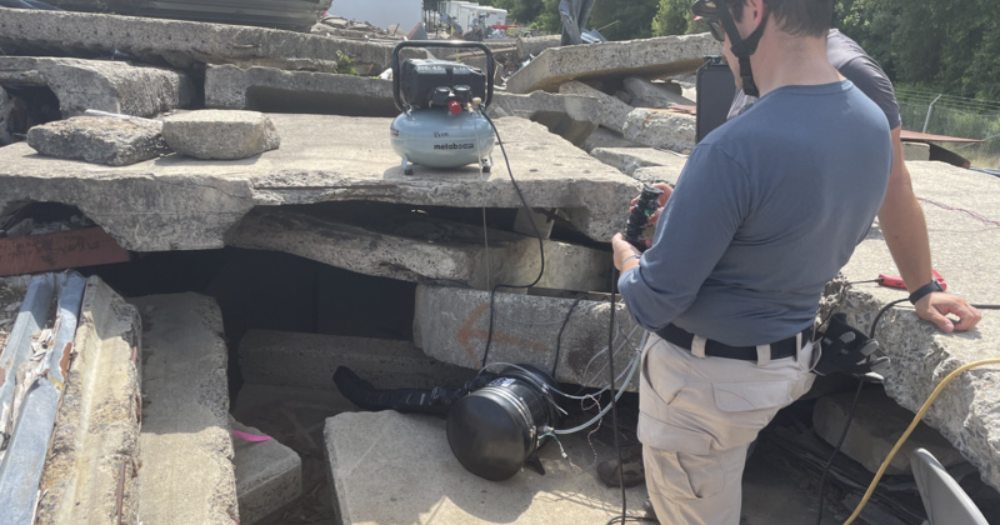MIT’s vine-like robot can squeeze through rubble to help emergency responders

When the walls come crashing down — literally — rescuers face the brutal task of finding survivors buried beneath twisted steel and shattered concrete. It's painstaking work, with no margin for error. Now, a curious new helper is inching onto the scene: a vine-like robot built not to bulldoze, but to sneak, squirm, and snake its way through rubble. Designed by MIT Lincoln Laboratory and the University of Notre Dame, this soft robotic scout — charmingly dubbed SPROUT — is rethinking what it means to "dig in."
As Chad Council of MIT puts it, "The urban search-and-rescue environment can be brutal and unforgiving, where even the most hardened technology struggles to operate." SPROUT isn't hardened — it's soft, light, and unexpectedly nimble. And that's the point.
How does it work?
Forget wheels and legs — this thing grows.
- SPROUT is essentially an inflatable tube made of airtight fabric.
- It extends outward from a motorized base, controlled remotely with joysticks and a video feed.
- As air pumps in, the robot stretches forward, maneuvering through narrow cracks like ivy in fast-forward.
- A camera and sensors mounted on its tip gather visuals and data from deep within collapsed structures.
At present, it can stretch up to 10 feet, but the team's working on a version that'll reach 25. Steering is no walk in the park — the robot's soft body bends and shifts in tricky ways — so the researchers had to build a system that can manage air pressure just right, like blowing up a balloon with surgical precision.
Why does it matter?
Because time is everything when someone's trapped. SPROUT's gift is access — getting into the kinds of voids no human (or stiff-legged robot) ever could. It's designed to:
- Scope out voids before people go in
- Build maps of what lies beneath the rubble
- Chart safer routes for rescuers
- All while being low-cost, light, and easy to operate
Nathaniel Hanson, the project lead, nailed it: "Collapse events are rare but devastating events." When they happen, tools like SPROUT could mean the difference between life and death.
Even better? This robot isn't a fragile lab toy — it's been tested by first responders at Massachusetts Task Force 1's training site. Hands got dirty. Real feedback flowed. The team learned how to make SPROUT tougher, more steerable, and more ready for prime time.
The context
SPROUT didn't sprout up overnight. It's the brainchild of a tight-knit collaboration — MIT brains, Notre Dame expertise, and field-level feedback all rolled into one. Margaret Coad, now a professor and a key contributor, brought deep know-how in soft robotics. Hanson, a Notre Dame grad himself, had been eyeing her work long before they teamed up.
They didn't just want to test in clean labs. They built their own simulator to recreate realistic collapses, letting them develop mapping algorithms for places no robot has mapped before. It's research meeting raw necessity.
And the road doesn't end at disaster zones. Hanson sees a future where this kind of tech helps inspect military hardware, crawl into aging pipes under cities, or peek into other hard-to-reach corners of modern life.
In his words: "This program has enabled us to push the technology readiness level of vine robots to a point where responders can engage with a hands-on demonstration of the system."
💡Did you know?
You can take your DHArab experience to the next level with our Premium Membership.👉 Click here to learn more
🛠️Featured tool
 Easy-Peasy
Easy-Peasy
An all-in-one AI tool offering the ability to build no-code AI Bots, create articles & social media posts, convert text into natural speech in 40+ languages, create and edit images, generate videos, and more.
👉 Click here to learn more


